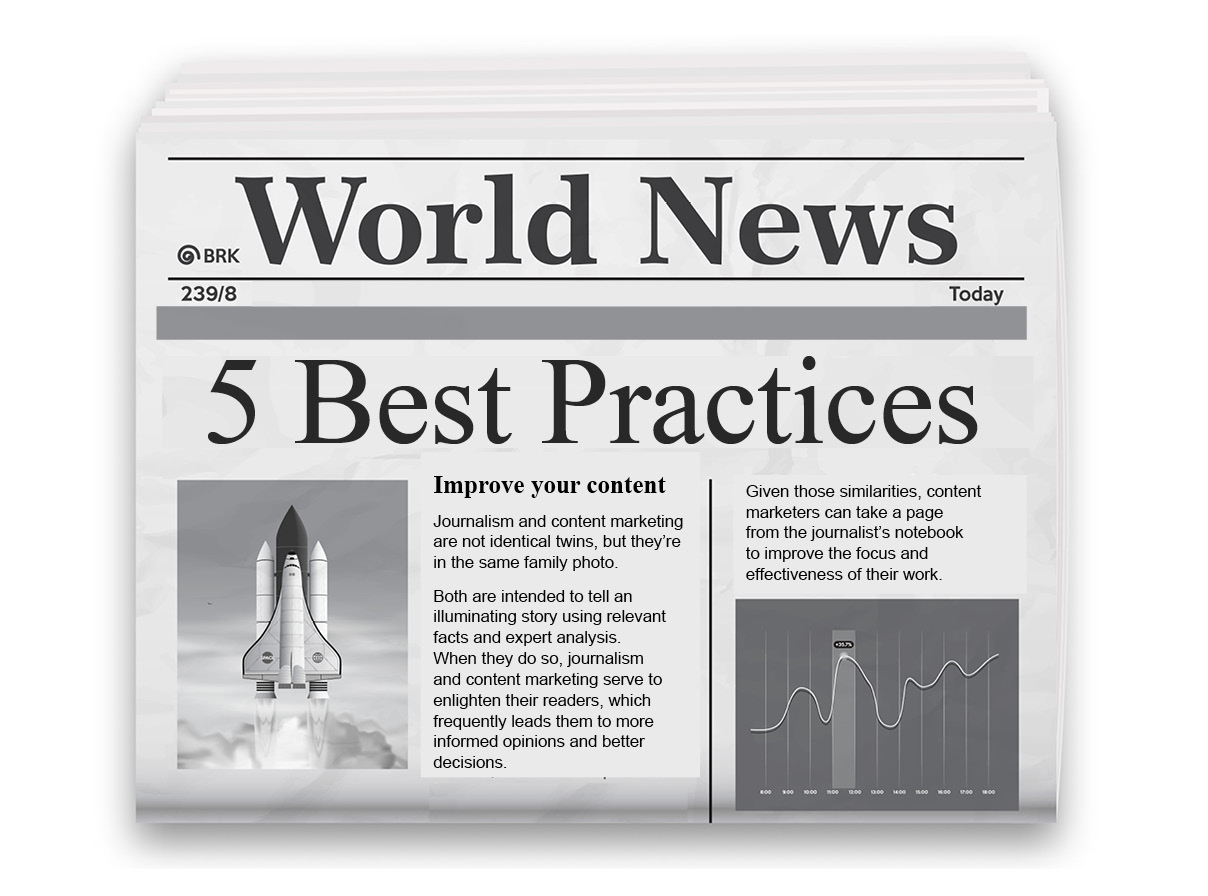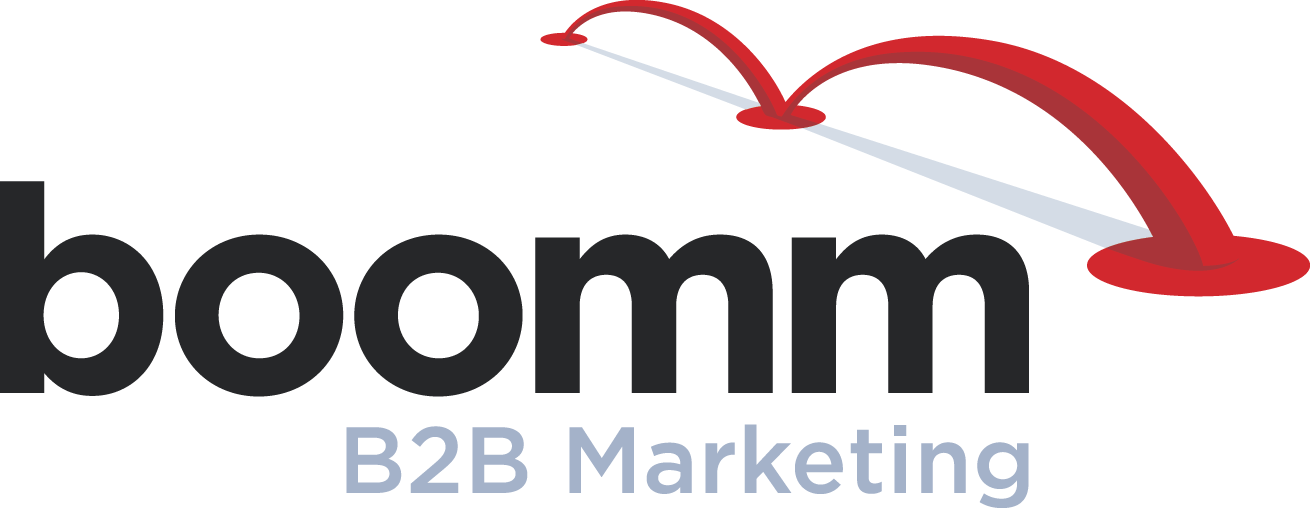5 journalism best practices for your content marketing

Journalism and content marketing are not identical twins, but they’re in the same family photo.
Both are intended to tell an illuminating story using relevant facts and expert analysis. When they do so, journalism and content marketing serve to enlighten their readers, which frequently leads them to more informed opinions and better decisions.
Given those similarities, content marketers can take a page from the journalist’s notebook to improve the focus and effectiveness of their work. The following are five foundational best practices of journalism that will take your content development from inception through the finished article.
- Create an outline
A well-constructed outline leads to a good article. The outline does not need to be lengthy, but it does require a sharp focus on the essentials. To achieve this focus, your outline should answer the following questions:
- What is the subject of the content?
- Who is the intended reader?
- What is the primary takeaway we want the reader to have?
- What proof points and sources support our story?
- How long will the finished article be?
- Are there additional sources we should link to?
- Check your sources
Bob Woodward and Carl Bernstein made certain their sources were unimpeachable, so should you. If you cite a statistic, footnote it. If you use a quote, make certain it is accurate, attributed and appropriate. Even your graphics need to be credited if they are based on source material. Remember, you want to earn your readers’ trust and create an informed perspective, so check your sources.
- Follow the Inverted Pyramid Style
The inverted pyramid was invented in the early days of the telegraph. In those days, telegraph lines frequently went down. This made it imperative to convey essential information upfront, just in case.
The inverted pyramid plays a similar role in journalism. Writers are never sure how much of their stories the editors will cut, so they must get their point across quickly. That holds true for content marketing as well, but for different reasons. Even if your content is a 24-page white paper, you still need to draw the reader in and keep them interested. The inverted pyramid will help by ensuring the most newsworthy or important information is covered in the beginning. This construct keeps your promise to the reader, and it will keep your editors happy as well.

- Get the scoop
This may not fit the mold of a traditional “best practice,” but it is the driving force behind engaging journalism and content marketing. For your content, getting the scoop means telling a story from a fresh perspective. The goal is to guide your audience to see the subject in a new light. In the process, they will develop more respect for your thought leadership because your content made them reconsider their approach to an industry topic or practice.
- Share it before publishing
One of the most difficult steps for many content marketers is the review process. It shouldn’t be. Having someone review your work is vital. If possible, having two different types of reviewers is optimal. The first is a subject matter expert who can provide the insider’s vision your content deserves. Ask the expert how you can make your content even more genuine, informed and relevant to your industry audience. The second reviewer is someone who knows very little about your topic. Ask them what the story meant and what their takeaway is. If they understood your point and could explain it back to you, then your content was well focused.
In closing, here are some bonus journalistic resources for content developers.
Let’s start with the Associated Press Stylebook. The AP Stylebook was the definitive writer’s and editor’s resource when your humble author was in journalism school, and that still holds true. You can get it as a printed copy or choose an online subscription.
However, some editors (and governmental clients) turn their noses up at AP. They insist that The Chicago Manual of Style is the only true reference.
Buy them both. Consider it an investment in your content career.


